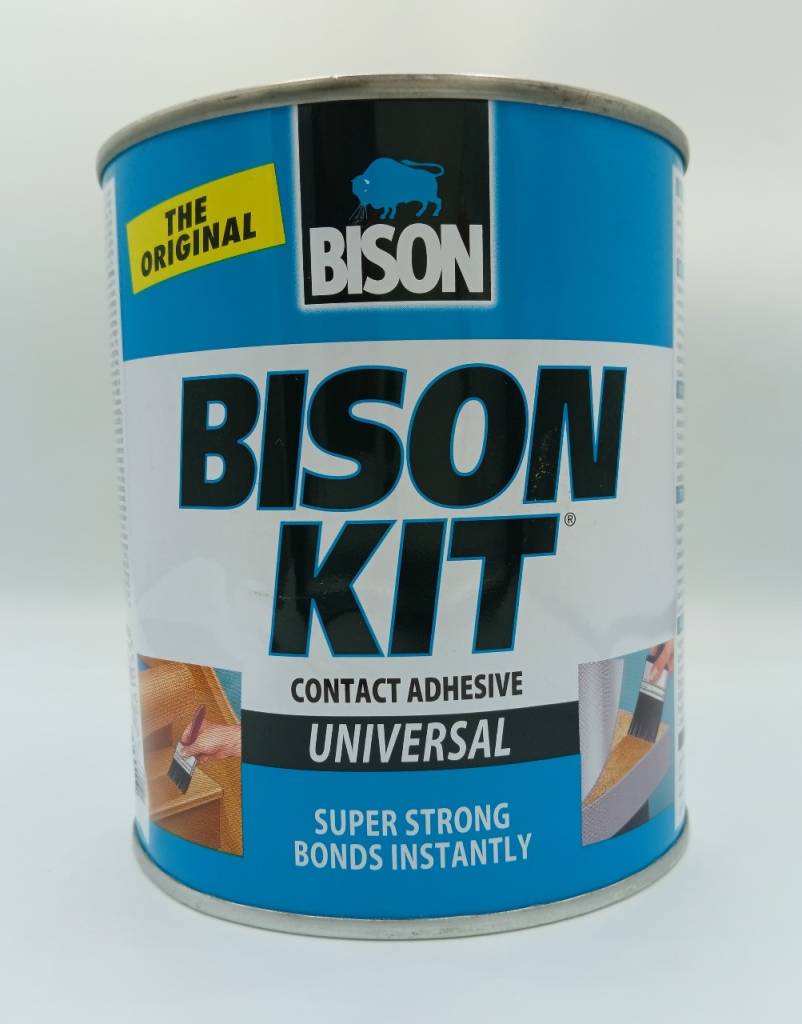Introduction
Adhesives are indispensable in both homes and industries, but choosing the right one can be tricky. One popular solution is contact adhesive glue, which combines speed, strength, and flexibility. It has become a favorite for DIY enthusiasts and professionals alike because it bonds surfaces quickly and reliably. Understanding how it works, its benefits, and best practices can help ensure successful projects every time.
What Makes It Special?
This adhesive is unique because it forms a strong connection when applied to both surfaces and then pressed together. Unlike traditional glues that often need clamps or extended drying times, it allows a quick and reliable bond. Its ability to adhere to non-porous materials, including metals, laminates, plastics, and leather, makes it ideal for various applications ranging from construction to crafting.
There are several variants suitable for different tasks:
- Solvent-based: Durable and flexible, ideal for heavy-duty materials such as rubber and leather
- Water-based: Eco-friendly, perfect for wood, paper, and lightweight surfaces
- Spray adhesives: Convenient for large areas and precise application
- High-temperature adhesives: Suitable for environments exposed to heat
Choosing the appropriate type ensures optimal results for specific projects without compromising strength or longevity. This versatile adhesive is widely used in multiple scenarios. It works well for laminating surfaces, repairing leather products, attaching rubber or vinyl to metals or plastics, and general crafting or home improvement tasks. Its reliability and strength make it a preferred option for both professional and personal projects.
Advantages of Using the Adhesive
The benefits of this adhesive go beyond its quick bonding ability. It provides flexibility, maintains durability under varying conditions, and performs well on a variety of surfaces. Additionally, it is easy to handle, making it accessible for both hobbyists and skilled professionals. Its combination of reliability, speed, and versatility makes it an essential tool in many toolkits.
Another key advantage is its resistance to environmental factors such as heat, moisture, and minor impacts, which ensures that bonded materials stay secure over time. It also accommodates slight movements or expansions in materials without breaking the bond, making it ideal for applications where stress or vibration is involved. Ease of use is another major benefit. The adhesive is straightforward to apply, requires minimal equipment, and reduces the need for clamping or complex setup. This accessibility makes it a go-to solution not only for professionals but also for hobbyists and DIY enthusiasts who may not have specialized tools. Additionally, the strong initial tack and fast curing properties save time and improve efficiency, particularly in projects where multiple components need to be bonded quickly. Its clean application and minimal mess further enhance its appeal for indoor use and detailed craftwork.
Overall, the combination of reliability, adaptability, speed, and durability makes this adhesive a critical addition to any toolkit. Whether used for repairs, assembly, or creative projects, it delivers consistent, long-lasting results that professionals and hobbyists can trust.
How to Get the Most Out of the Adhesive
- Clean all surfaces thoroughly to remove dust, grease, or dirt
- Apply a thin, even layer of adhesive on each surface
- Wait until the adhesive is tacky but not fully dry
- Align the surfaces carefully before pressing them together
- Apply firm pressure to ensure a complete bond
When selecting an adhesive, it’s important to evaluate the materials being bonded, environmental conditions, drying time, flexibility requirements, and expected longevity. Making the right choice helps avoid failures and ensures the finished project remains durable and functional.
Maintenance and Longevity
Proper care can extend the life of any bonded surface. Avoid extreme heat, excessive moisture, or harsh chemicals that might weaken the adhesion. For repairs, clean surfaces gently and reduce stress on the joint. Following these practices ensures long-lasting performance and keeps bonded items intact for years.
Like many chemical adhesives, this product contains solvents that can be hazardous if mishandled. Always work in well-ventilated areas, wear protective gloves, and keep the adhesive away from flames or heat sources. Proper storage in a cool, dry place also helps maintain its effectiveness over time.
Conclusion
Contact adhesive glue offers a dependable solution for a wide range of materials and tasks. Its speed, flexibility, and strong bonding capabilities make it suitable for both personal and professional use. By understanding the types available, their applications, and the correct usage techniques, users can ensure long-lasting, high-quality results. Whether for repairs, crafting, or home projects, this adhesive is an essential tool for achieving reliable and durable bonds.




Add Comment